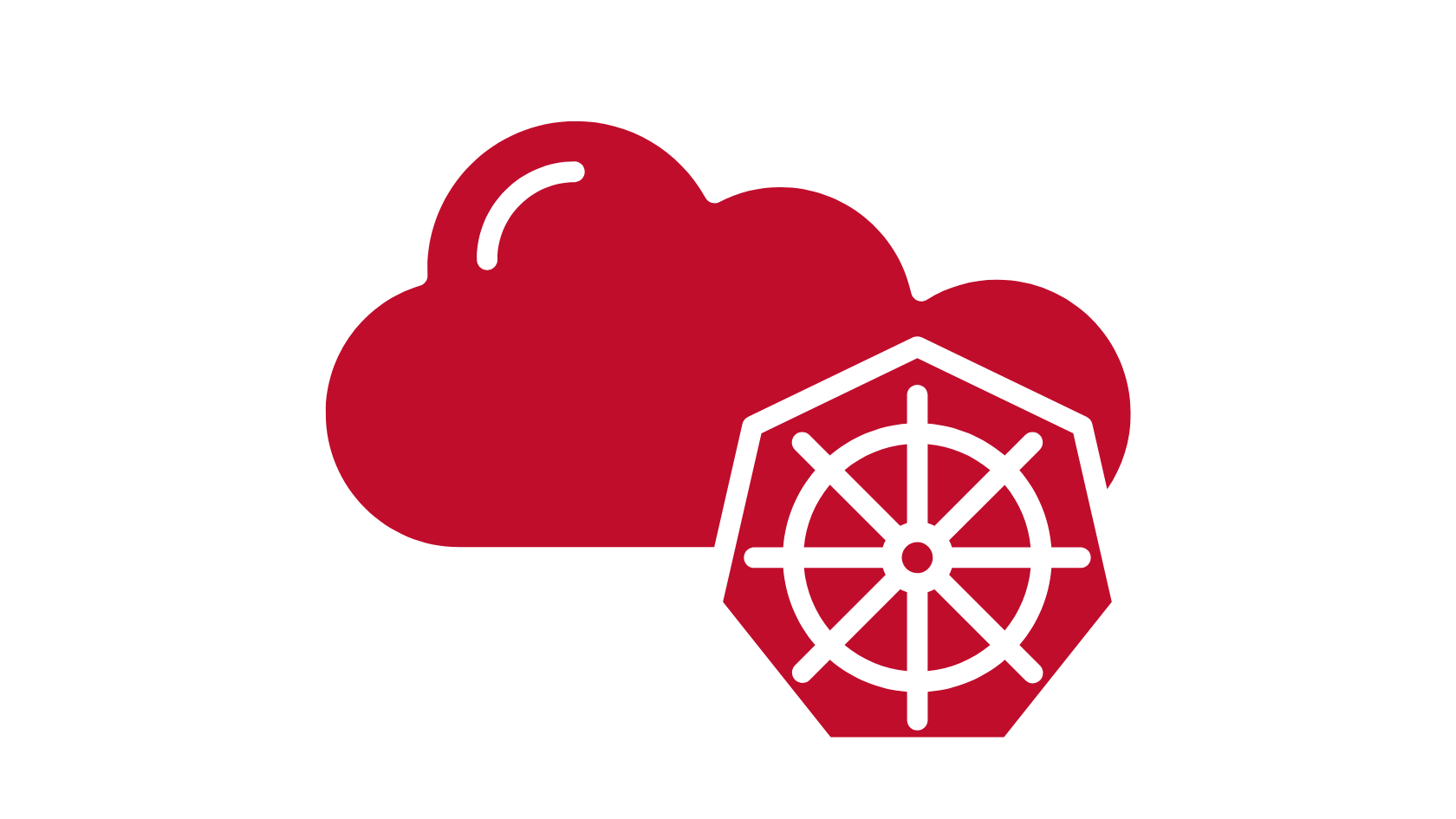
Kubernetes has revolutionized container orchestration, enabling organizations to deploy and scale applications with unprecedented agility. However, this flexibility introduces complex security challenges that, if unaddressed, can expose sensitive data and disrupt operations. In this post, we’ll explore the top security challenges in Kubernetes environments and provide practical solutions, including how Randtronics’ data protection tools can help fortify your container security strategy.
1. Misconfigured Secrets and Inadequate Encryption
By default, Kubernetes stores Secrets in etcd without encryption, posing a significant risk if the etcd datastore is compromised. Additionally, Secrets can be inadvertently exposed through misconfigured Role-Based Access Control (RBAC) policies.
Solution:
- Enable Encryption at Rest: Configure Kubernetes to encrypt Secrets at rest by modifying the EncryptionConfiguration and restarting the API server.
- Implement RBAC Best Practices: Restrict access to Secrets using the principle of least privilege. Ensure that only necessary components and personnel have access to sensitive data.
- Use External Encryption Tools: Consider using external tools like Randtronics DPM easyData for field-level encryption and data masking, providing an additional layer of security for sensitive information.
2. Vulnerable Container Images
Containers often rely on base images that may contain known vulnerabilities. Using outdated or unverified images can introduce security flaws into your Kubernetes environment.
Solution:
- Use Trusted Image Registries: Pull images from reputable sources and verify their integrity using image signing.
- Regularly Scan Images: Implement automated scanning of container images for known vulnerabilities before deployment.
- Maintain Updated Images: Regularly update base images and rebuild containers to incorporate security patches.
3. Excessive Permissions and Privilege Escalation
Overly permissive configurations can allow attackers to escalate privileges within the cluster, potentially gaining control over critical components.
Solution:
- Implement Least Privilege Access: Define granular RBAC policies to ensure users and services have only the permissions they need.
- Use Pod Security Policies: Restrict the capabilities of pods, such as preventing the use of privileged containers or limiting access to the host network.
- Audit and Monitor Permissions: Regularly review and audit permissions to detect and rectify overly permissive configurations.
4. Inadequate Network Segmentation
Without proper network policies, all pods can communicate with each other by default, increasing the risk of lateral movement by attackers within the cluster.
Solution:
- Implement Network Policies: Define Kubernetes NetworkPolicies to control traffic flow between pods, namespaces, and external services.
- Use Service Meshes: Integrate service meshes like Istio to manage and secure service-to-service communication with features like mutual TLS.
- Monitor Network Traffic: Employ tools to observe and analyze network traffic patterns, identifying and addressing anomalous behavior.
5. Challenges in Encryption of Data in Transit and at Rest
Ensuring data is encrypted both in transit and at rest is crucial for protecting sensitive information within Kubernetes environments.
Solution:
- Encrypt Data in Transit: Use TLS to secure communication between services. Service meshes can facilitate this by automating certificate management and encryption.
- Encrypt Data at Rest: Beyond encrypting Secrets in etcd, ensure that persistent volumes are encrypted. Utilize storage solutions that support encryption or implement application-level encryption.
- Leverage External Encryption Solutions: Randtronics offers comprehensive encryption tools like DPM easyCipher for transparent data encryption and DPM easyData for field-level encryption, enhancing data protection in Kubernetes environments.
Strengthening Kubernetes Security with Randtronics
Randtronics provides a suite of data protection solutions tailored to enhance security in Kubernetes environments:
- DPM easyCipher: Offers transparent data encryption for databases and file systems, ensuring data at rest is protected without requiring code changes.
- DPM easyData: Provides field-level encryption and data masking, safeguarding sensitive information within applications and databases.
- DPM easyKey: Delivers robust key management capabilities, supporting policy-based key and certificate management across diverse environments.
By integrating Randtronics’ solutions, organizations can achieve a higher level of data security, compliance, and operational efficiency within their Kubernetes deployments.
For more information on how Randtronics can help secure your Kubernetes environment, visit Randtronics Data Security Solutions.
